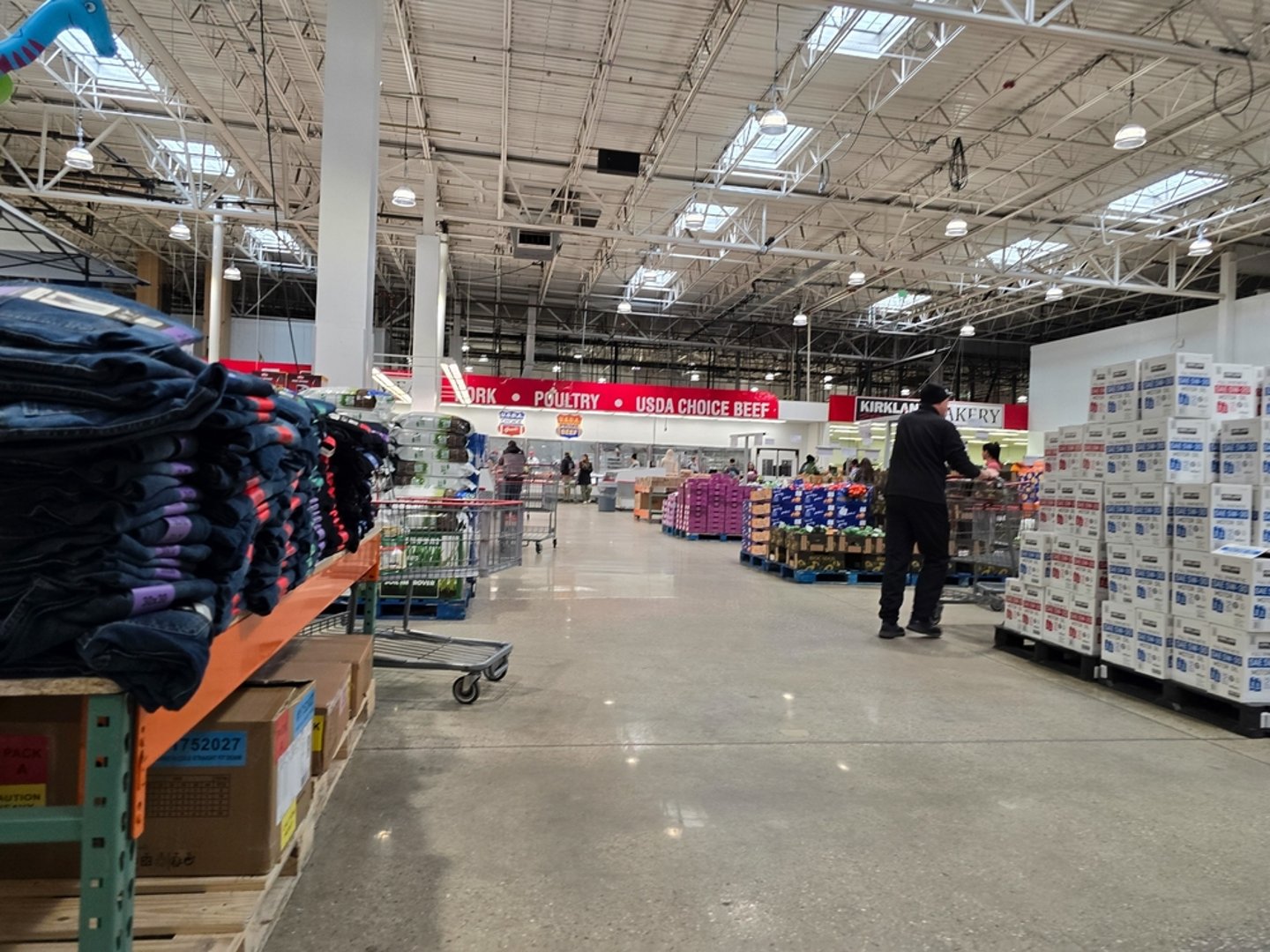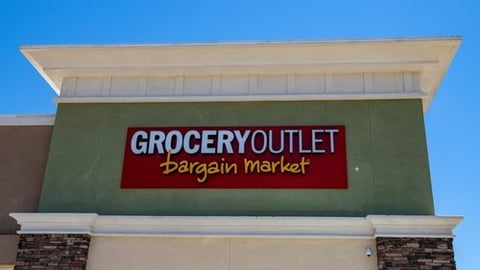Will Store Closures Accelerate in 2025?
The last few years have been challenging for many brick-and-mortar retailers, including those that sell food and other consumables. A new report from Coresight Research projects that the pace of overall store closures will remain steady, following 2024 shutdowns across chains such as Rite-Aid, Walgreens and Big Lots, among others.
Coresight Research pegs total store closings to hit 15,000 for the year and predicts that store openings will remain steady with about 5,800 retail stores welcoming shoppers in 2025. According to the research and consulting firm, closures outpaced openings in 2024 with a net loss of 1,355 stores.
[RELATED: Earth Fare Closes Another Charlotte-Area Store]
Delving into different sectors, the report affirmed that apparel and department stores have been hit particularly hard. As department stores close, many consumers are turning to other formats. “Those formats include expanding off-pricers, plus some mass merchandisers (such as Walmart) and warehouse clubs (such as Costco), and also likely newer competitors such as Shein and Temu,” the Coresight analysts wrote.
The firm also foresees long-term growth in the discount retail sector, with operators like ALDI, Lidl and Grocery Outlet adding physical capacity. The struggles that drugstores have faced may lead to “pharmacy deserts” in the United States that can ultimately benefit mass merchandisers like Costco and Walmart and regional grocers with strong pharmacy programs, such as Albertsons, Hy-Vee, Kroger and Publix, Coresight reported.
“Inflation and a growing preference among consumers to shop online to find the cheapest deals took a toll on brick-and-mortar retailers in 2024,” said Deborah Weinswig, Coresight’s CEO. “Last year we saw the highest number of closures since the pandemic. Retailers that were unable to adapt supply chains and implement technology to cut costs were significantly impacted, and we continue to see a trend of consumers opting for the path of least resistance. Not only do they want the best prices, but they also have no patience for stores that are constantly disorganized, out of stock, and that deliver poor customer service. We have seen Shein and Temu capture market share as consumers choose to shop online to save time, money, and avoid frustration. Retailers need to embrace technologies like artificial intelligence to deliver a better customer experience and to optimize pricing to remain relevant and avoid ongoing closures.”
Coresight views store closure programs falling under different circumstances: liquidations resulting in all stores closing; distressed retailers closing large numbers of stores, often under Chapter 11 bankruptcy restructuring; and legacy retailers reshaping their store footprints due to a changed retail context.






